YAGI "CANTENNA" ANTENNAS
The Yagi antenna is the most popular type of directional antenna in use today. This is due mostly to the basic design of the antenna which is a main element with rods placed perpendicular from end to end. By playing with the locations and sizes of the rods the antenna works on different frequencies. For the purpose of this tutorial we can forget about everything else and focus on the 2.4GHz frequency in which WiFi works on. Our Yagi Cantennas are built with 16 rods or elements from end to end. The signal travels to and from the base of the Yagi through coaxial cable AWC* type for signal loss reduction and connects to the USB adapter (SMA connector) or router (Usually TNC connector). We decided to place our Yagis in protective housings or tubes to protect the connections inside from the elements or whatever you can throw at it.
*(AWC refers to the low loss cables and varying thickness of coaxial cable brand)
Our Yagi Cantennas have been tested in laboratories at 14.3 dBi gain and have a signal coverage cone of 31 degrees. We make all our Yagi Cantennas on our factory floor in Miami FL.
Use with routers (transmitting signal):
- Make sure the proper connectors are in place. Most routers use a TNC RP.
- When pointing the signal indoors the best location is a corner room and point in to radiate the signal within the home as much as possible. Remember that your receiver will not “see” the signal if outside of the cone.
- When transmitting a signal outside the home the cable configuration needed on the antenna side is an N-Male since the antenna has an N-Female connector.
- Place the antenna as high as possible but also with the shortest cable length needed to obtain a clear line of site.
Use with USB adapters and receivers (receiving signal):
- Make sure the proper connectors are in place. Most Adapters use an SMA.
- Be sure to point in the direction the signal is coming from.
- Obtain the clearest line of sight possible.
- With the indoor tripod version of our Yagi Cantenna incorporate the use of USB cable extensions with the adapter before using coaxial cable to obtain best positioning. Do not exceed 15ft of USB cable length.
- Outdoor antennas require patience to obtain the best signal quality and strength. Point and refresh your available networks menu in different directions to obtain the best angle.
- Always use the shortest and thickest cable possible.

 (305) 798-8505
(305) 798-8505
